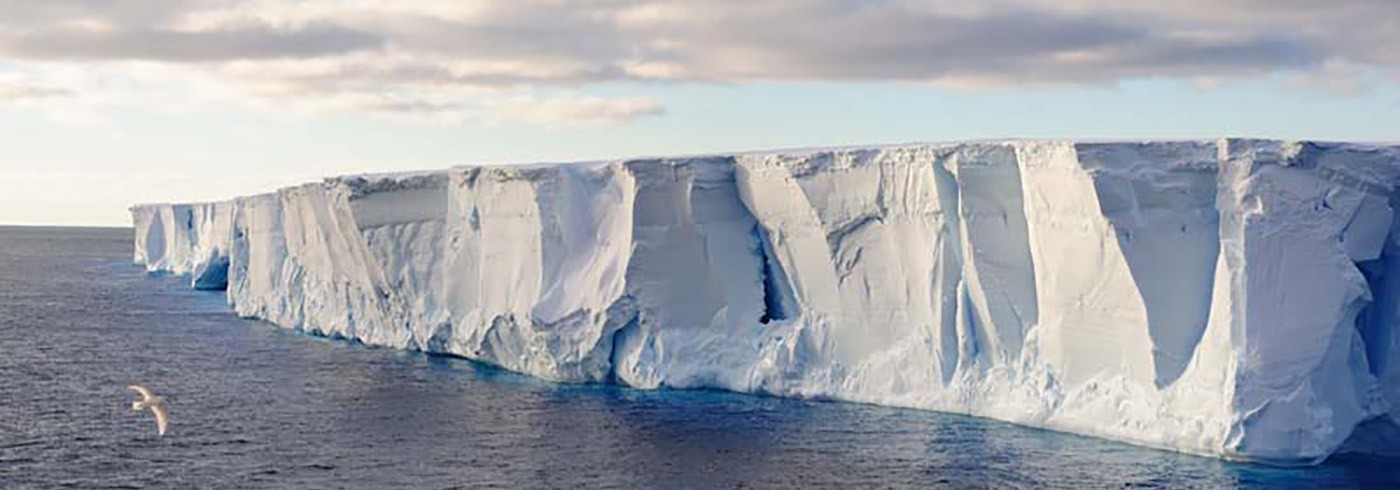The West Antarctic Ice Sheet (WAIS) represents one of the largest potential sources of future sea-level rise, and could raise global sea level by more than three meters should it collapse completely. But the predictions for the ice sheet’s future are very uncertain because there are few observations to compare existing hypotheses with. Due to the major technical challenges, we know very little about the West Antarctic glacier system and the mechanisms that can lead to its collapse.
The Antarctic ice sheets are growing by gradually accumulating precipitation. At the same time ice is transported away by glaciers, slowly moving towards the ocean like rivers of frozen water. When the glaciers reach the ocean they form floating ice shelves, beneath which huge cavities can be found – several hundred meters deep and hundreds of kilometers in extent. These ice shelf cavities are for the most part unexplored. The only way to reach them is with Autonomous Underwater Vehicles (AUVs), designed to handle long missions without contact with surface vessels. This requires the ability to solve problems and overcome any obstacles such as ice or underwater rocks that can be encountered during the mission.
New technology enables measurements beneath glaciers
During three icebreaker expeditions to the area, the ice sheet, ice shelf cavities and the adjacent ocean will be studied. The aim is to map the ocean floor and ice thickness, structure and occurrence of meltwater channels in the ice shelf cavities as well as the ice sheet. The researchers will also conduct measurements in the adjacent ocean, where a warm, salty water mass flows towards the glaciers. One likely reason for the thinning of the ice shelves is that they melt from below due to the warm water circulating into the ice shelf cavities.
The researchers from the University of Gothenburg will be a part of the TARSAN research project and will navigate an AUV beneath the ice shelves in the Amundsen Sea, where the fastest shrinking glaciers are found. The aim of the study is to carry out previously impossible measurements beneath the Thwaites and Getz glaciers, which are two of the key glaciers in the area. With the help of the AUV, and supplemented by remote sensing via helicopter, researchers will conduct the first survey of the ocean floor, ice thickness and ocean currents beneath the ice shelves.
The researchers want to answer the following questions:
- How much melting is caused by the ocean, and how does it vary with the shape of the ice shelf cavities, the ocean temperature layers, and the supply of meltwater from land?
- Which processes control the amount of warm sea water flowing onto the continental shelf, and how much of this gets into the ice shelf cavities?
- How do changes in ice shelf cavities affect the hydrological drainage system beneath the ice sheet?
- What will sea level rise predictions look like when melting driven by ocean water and the hydrological system are taken into account?
Swedish participants
Anna Wåhlin
Aleksandra Mazur
Johan Rolandsson
Jonas Andersson
Filip Stedt
Salar Karam
Department of Marine Sciences, University of Gothenburg

